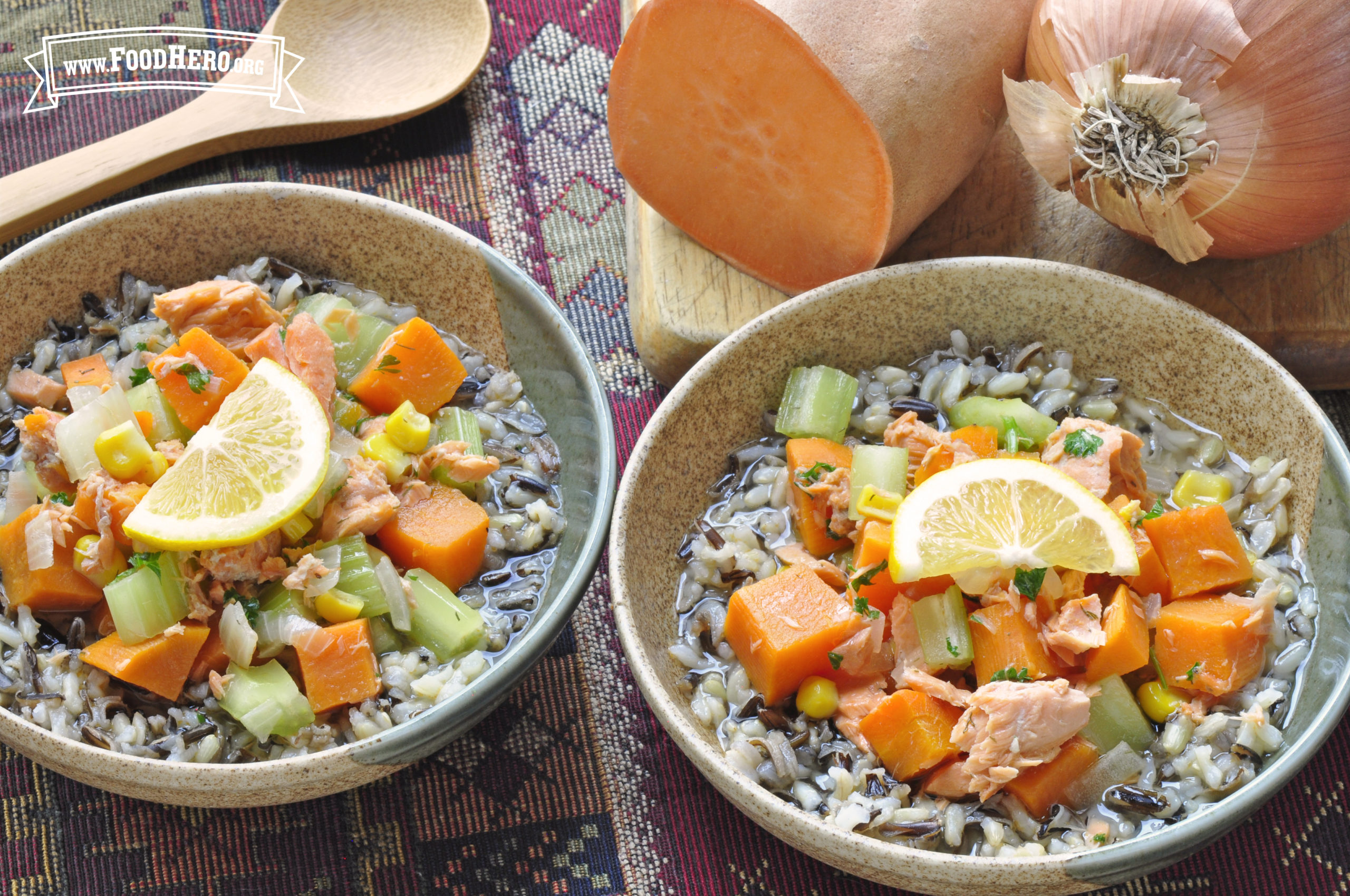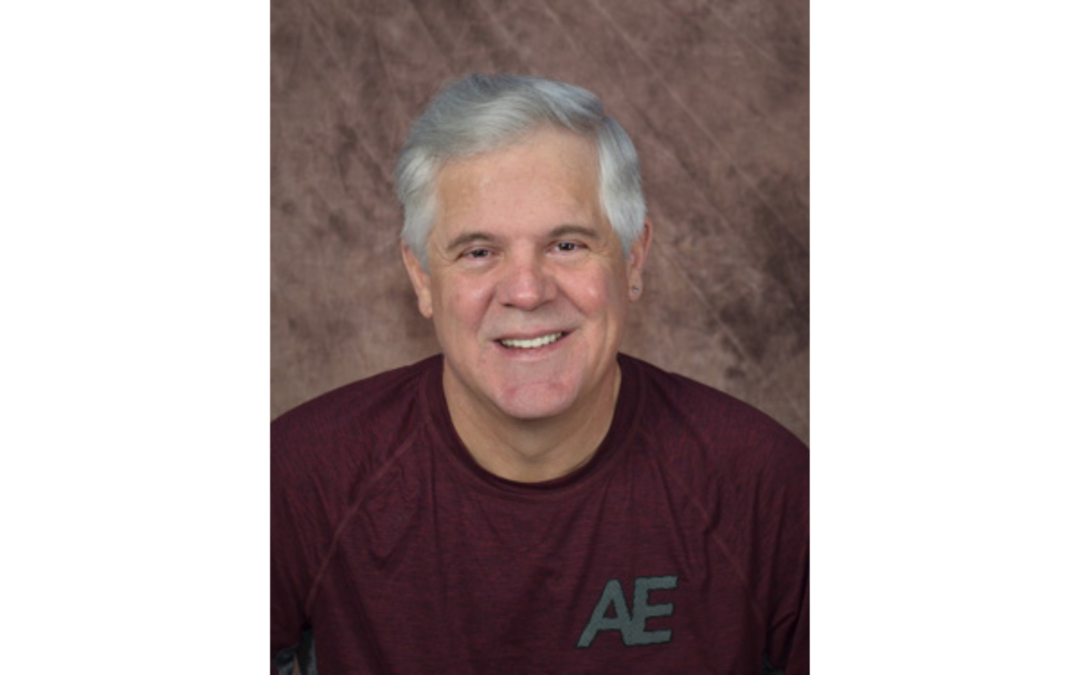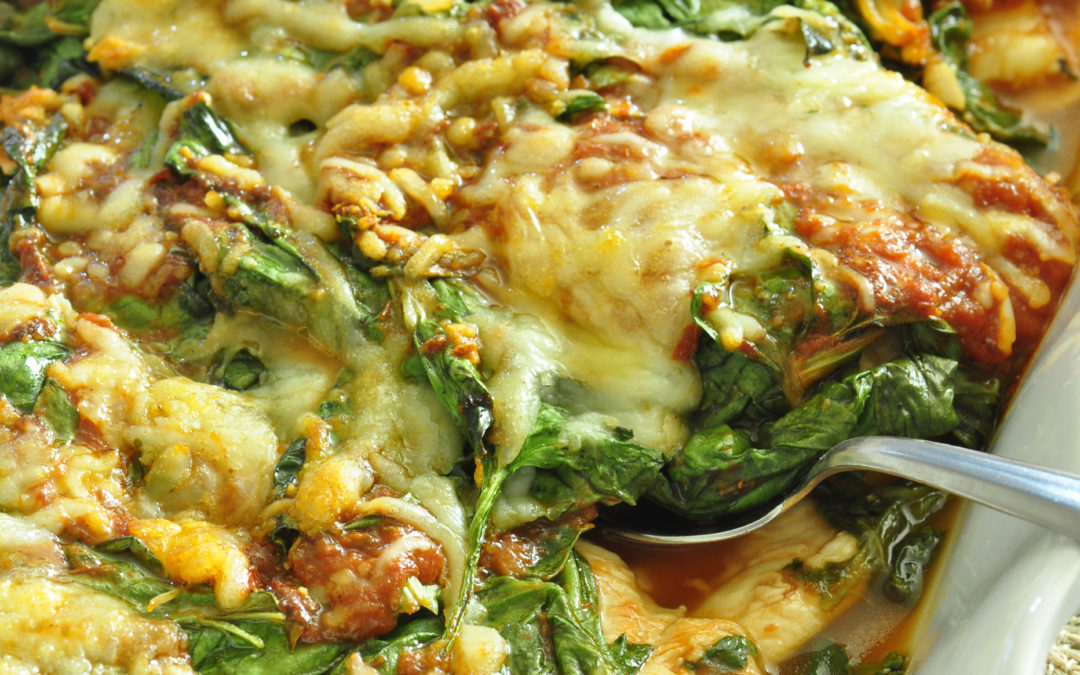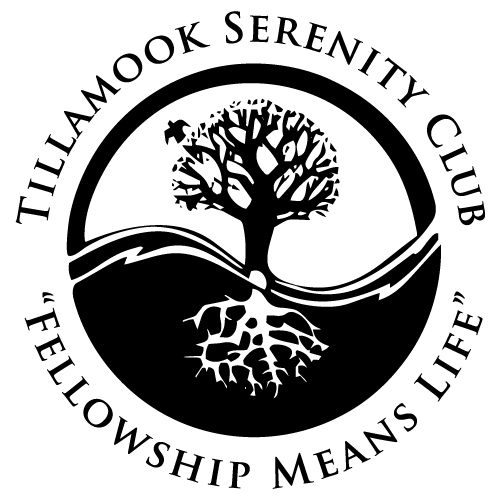
by Guest | Dec 15, 2021 | Recipes
Prep Time: 20 minutes
Cook Time: 30-40 minutes
Ingredients
- 1 Tablespoon vegetable oil
- 1 cup diced onion
- 2 cloves garlic, chopped or 1/2 teaspoon garlic powder
- 3⁄4 cup chopped carrot
- 2 stalks celery, chopped
- 2 cups bite-sized cubed sweet potato, white potato or winter squash
- 4 to 5 cups low-sodium vegetable broth
- 3⁄4 cup corn, fresh, frozen or canned (drained and rinsed)
- 1 can (16 ounces) pink salmon, drained (mash bones and skin)
- 1⁄2 teaspoon pepper
- 3⁄4 teaspoon dried dill
- 1 teaspoon lemon juice
- 2 to 3 cups cooked wild rice or wild rice mix, heated
- chopped parsley (optional)
- lemon slices (optional)
Directions
- Wash hands with soap and water.
- In a saucepan over medium heat, cook the onion in oil for 2 to 3 minutes. Add the garlic, carrots and celery and cook until the vegetables are soft.
- Add the potato and vegetable broth. Bring to a boil, then reduce heat and simmer for 10 to 15 minutes until the potato is tender.
- Add the corn, salmon, pepper, dill and lemon juice. Return to simmer until heated through.
- Place ¼ to 1/3 cup cooked wild rice in the bottom of a bowl and ladle stew over the rice. Top with chopped parsley and lemon slice, if desired.
- Refrigerate leftovers within 2 hours.
Notes
- Serve stew over other cooked whole grains such as brown rice or quinoa.
- Try other fresh or dried herbs, such as basil, oregano, sage or rosemary.
- Including the bones and skin of the salmon adds calcium and healthy oil (omega-3 fatty acids) to the stew.
Thanks to the Food Hero Indigenous Peoples work group for this recipe.
Photo & Recipe Source: https://www.foodhero.org/recipes/wild-rice-salmon-stew

by Guest | Dec 15, 2021 | Being Well
While some people have visions of sugar plums dancing in their heads, many of us may lie awake stressing about coordinating festive meals, wrangling relatives, and wrapping presents. As we navigate the pressures of winter celebrations here is some guidance to bring good tidings and advice on how to jingle all the way to the New Year. ‘Tis the season to incorporate good expectations, boundaries, and communication.
Key Concept: You’ve got this.
This time of the year may bring up feelings of stress, excitement, and even grief. As we reflect on the past and look forward to the future, it is important to find time to be present. Holidays can be a dizzying flurry of activity and emotion. We rarely allow ourselves the opportunity to pause and appreciate our capacity to manage the demands of everyday life, one moment at a time. You’ve got this.
Plan ahead.
Set up healthy expectations by creating realistic goals around finances, cooking, and patience. As the shopping list grows, timers ring, and controversial topics surface, you can pivot with confidence. Know your budget, evaluate your time management, and take a deep breath when the conversation turns frosty.
Practice flexibility when presented with change.
It is almost cliché to say that the holidays, though merry, can make you feel Claus-trophobic. Each year provides an opportunity for new and unexpected challenges. This year, try to react calmly to surprise guests, tangled lights, supply chain disruptions, broken appliances, and cats climbing the freshly decorated tree.
Acknowledge your feelings.
Convincing yourself that you feel happy or “fine” is one way to survive the hustle and bustle of the Yuletide. Then again, identifying how you actually feel can be a relief, reduce hostility, and more accurately reflect on the reality of a situation. Addressing difficult emotions can create opportunities for more honest living, encourage conversations, and cultivate problem solving.
Take care of your own needs.
Step outside for fresh air, keep up healthy habits, or practice saying “no.” It is important to give yourself an opportunity to recharge and help you maintain boundaries. Find ways to implement self-care that sustains you through all the holiday festivities.
Shake or embrace the social atrophy.
Let’s face it, the COVID-19 pandemic has affected our ability to relax without six feet between one another. We can dust off our social skills instead of enduring awkward silence. Consider planning for activities that create conversation, build new memories, and make us laugh like charades, Pictionary, or coordinating a white elephant gift exchange.
Move forward with kindness and curiosity.
Assume positive intent. Humans are complicated beings and our greatest task ahead includes accepting people as they are. As we approach the New Year, the best policy is to advance with grace and humility.
Seek professional help if you need it.
Despite your best efforts, if you find yourself consistently sad or anxious, experiencing increased physical discomfort, having trouble sleeping, becoming more irritable, or unable to complete normal activities, talk to a friend, family member, or your doctor. If these feelings last for a while, you might benefit from meeting with a mental health professional.
Take control of your holiday stress this season.
AUTHOR: Karen Sheelar, Behavioral Health Clinician at Tillamook County Community Health Center
For more local health and wellness information, follow Tillamook County Wellness on Facebook, Instagram and Twitter.

by Guest | Dec 8, 2021 | Being Well
What is a Peer Support Specialist?
In a nutshell, a Peer Support Specialist helps someone move away from fear and toward hope. I try to empower people in their recovery through these shifts, establishing and reinforcing a trusting connection with them. The connection is genuine and plays a big role in the specialist’s ability to understand the story the client tells of themselves and of their addiction. A peer support specialist walks the line next to someone else, empowering along the path toward recovery. We explore their plans of recovery and support them in realizing their hopes and dreams. Sharing my lived experience is key in the peer support setting through which I serve people. I help by sharing hope and letting them know that their past does not have to define their future. Another important aspect of the Intentional Peer Support system is the conversation that is shared and the knowing that comes out of it. The conversation helps create the momentum of moving towards goals, moving towards hope. In my work, I help people keep their dreams alive by reminding them of what can be. “What are your hopes and dreams? What is your path to recovery?” I am also a recovery mentor, and with the clients’ permission, I can shift gears and suggest ideas while sharing more of my lived experience on how I’ve navigated recovery.
What attracted you to this work?
What attracted me to this work is how it offers me to give back to the community. I thought that because my addiction affected the community, my recovery should also have an effect – this time a positive one. Before helping others, I was struggling with addiction myself for 30+ years. I have been clean now for 14 years. I have been at the Tillamook Family Counseling Center for 5 years, where I was recruited by a friend as the first peer support specialist serving the county at this agency.
How do you engage with clients?
When I meet with someone for the first time I ask, “what happened?” I want to know where they grew up, what it was like for them, their hobbies, what was going on when they first started using, and what things are like for them today. It gives me a glimpse of what I’m working with and what I can relate to. For example, if I am speaking with someone about their addiction and they have shared that one of their triggers is related to a difficult relationship in their life, I can follow up and ask the question, “what if you didn’t have that trigger?” Prior to coming to the counseling center I would ask people I was sponsoring in the Narcotics Anonymous program, “What’s wrong?”, and I learned that kind of question isn’t as helpful as it may seem. A more effective question to ask people is, “What happened?” The question “What’s wrong?” sets a negative tone, asking “What happened” and learning from their answer opens the door to a conversation. One of the biggest barriers people have in my experience is that they feel their experience defines them, which makes it more difficult to see the new and positive possibilities that exist for them.
What do you wish people knew about substance disorder?
Being trauma informed is key when understanding the “why” of addiction and helps people connect the dots of what they want.
To reach Doug, you can contact the Tillamook Family Counseling Center at 503-842-8201 or https://tfcc.org/ .
AUTHOR: Brett Buesnel, AmeriCorps VISTA at Tillamook County Community Health Center
For more local health and wellness information, follow Tillamook County Wellness on Facebook, Instagram and Twitter.

by Guest | Dec 8, 2021 | Recipes
Prep Time: 5 minutes
Cook Time: 30 minutes
Ingredients
- 1 cup tomato pasta sauce
- 1 pound chicken breast cut or pounded into 1/2-inch thick slices
- ¼ teaspoon each salt and pepper
- 1 package frozen spinach, thawed and drained or 4 cups fresh spinach leaves
- ¾ cup shredded mozzarella cheese
Directions
- Preheat oven to 350 degrees F.
- Pour ½ cup of pasta sauce in a large baking dish. Sprinkle salt and pepper over chicken and add to the dish. Top with remaining ½ cup of pasta sauce, spinach and mozzarella.
- Bake for 30 to 40 minutes until chicken is no longer pink inside and cheese begins to turn brown.
- Refrigerate leftovers within 2 hours.
Notes
- Do not rinse raw poultry.
- Wash hands and all surfaces and utensils after touching raw chicken.
- Try other fresh or frozen and thawed leafy greens.
Photo & Recipe Source: https://www.foodhero.org/recipes/spinach-and-chicken-italian

by Guest | Dec 1, 2021 | Being Well
What is The Serenity Club and what do you want people to know about it?
The Serenity Club (TSC) is a nonprofit organization that addresses the problem of addiction in our county. We offer meeting space for 12-step meetings like Narcotics Anonymous, Alcoholics Anonymous, Al-Anon and Gamblers Anonymous. We also have common areas for fellowship and drug and alcohol free activities & events (pre-covid). We are finally able to resume some of the activities that have been sorely missing during the pandemic. This Thanksgiving Day we will be hosting our traditional Thanksgiving Dinner along with scheduled meetings at noon and at 6 pm. In December we be resuming our once a month Bunco night, our Christmas Dinner on Christmas Day and our annual Children’s Christmas Project for the children of parents/guardians who are active in 12-step addiction recovery. Instead of a physical gathering, it will be a personal doorstep visit from Santa Claus and the Elves and will include a holiday stocking and a special gift for each child.
What is your role with the Serenity Club and, if you are comfortable sharing, how did you come to get involved in the organization?
I am the current interim manager as well as a member of the serenity club, and also a recovering addict. I have been a part of the 12-step groups here along with extra-curricular activities for the past 10 yrs. I came to TSC desperately seeking a new way of life without drugs and alcohol, and I found it here in 12-step meetings and amongst the many people just like me. I owe this wonderful building and its members an unmeasurable amount of gratitude.
What is special about the Serenity Club or others like it?
TSC is special because it not only provides 12-step meetings, but also provides social activities and fellowship. It offers experience in living a life without the use of drugs or alcohol. Even during the 1st wave of covid, we did absolutely everything we could to provide meetings. We know how much they are needed in times like these. We offered information on meetings on zoom, and then eventually phased into outside yard meetings, which were so welcomed after so many days/months of isolation. We are pretty much back in business now and our rooms are full again.
What can be challenging for people and what are some strategies that seem to work for people who are part of Serenity Club?
I think people assume coming here will put some sort of judgmental target on their back, or that they are somehow different than the rest of us here or just feel embarrassed. I can say, from experience I had the same doubts, but I see when others just keep coming back every day or as often as they can, they eventually realize we are all the same here and are all here to help one another. One of the best things about this place, is how welcoming the people in it are. And I don’t exaggerate when I say they welcome you with open arms. If you weren’t a hugger before, you’ll swiftly become one.
What do you wish people knew about alcohol and substance use disorder?
I wish people knew there was another way of life to live, and that all hope is not lost. I wish all the time that people who are out there still struggling knew that the impending doom, hopelessness, and overwhelming mental and physical addictions they are feeling, can be helped. People here, DO recover. I’ve been a witness to this and I myself, have experienced this.
How can people access this support at the Tillamook Serenity Club?
TSC is open every day of the week for 12 step meetings and fellowship. We encourage all to attend and leave with a schedule and some hope. We also have schedules of meetings offered on Zoom and schedules of 12-step meetings all over our county. You can find more information about TSC on our Facebook page and our website www.tillamookserenityclub.org.
What other community resources exist?
The Tillamook counseling center offers a peer support program, and their peer mentors have been bringing clients to TSC for meetings in the afternoon to lead them in a positive direction for when they are ready to once again take the reins of life. There is also information at www.ourtillamook.org.
AUTHOR: Angel Parsons, Serenity Club Manager
For more local health and wellness information, visit www.tillamookcountywellness.org or follow Tillamook County Wellness on Facebook, Instagram and Twitter.





